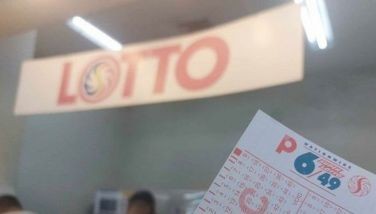What are streets for?
In 2013, I wrote in one of our January articles about “Cities of the World – roads or streets,” the main theme of which is that in 99% of the world’s history, streets were built for people. It’s only in the last century that this truth became tarnished --people still insist they are but the actual use and the way we look at them says otherwise. Today, most people believe streets, and all its variants, are made for motorized vehicles. Especially cars. No matter how much we say we plan for people, not cars.
The current debate on the “street-clearing” in the city of Manila is just asking the same question again – what are streets for? In the 2013 article, we argued that, except for the last hundred years or so, streets are used for human interaction. Its uses, and definition, may have swerved due to the entry of cars, but in many parts of the world, the old ways are still observed. Examples of these are the Third Street Promenade in LA, Flower Street in Curitiba, Brazil, and Carnaby Street in London, UK.
Closer to home, we have Myeongdong Street in Seoul, Arab Street in Kampong Glam, Pagoda Street in Singapore, and Wangfuling Street in Beijing. There are many others, but I guess the thing is, streets have been and can always be used “for pedestrians only.”
The other issue in the debate, “for people or for cars,” focuses on the loss of livelihood of all the street vendors who were “cleared” for what – to make traffic better? Other cities are actually closing roads to make traffic better!
I just came from Seoul, Korea, and that city, in the last two decades, has closed 24 streets (18 kilometers) from car traffic and made them totally pedestrian. The last one, now a famous tourist attraction is Seoullo 7017, a one-kilometer elevated highway in the heart of the city which was transformed into a “pedestrian sky garden.” Myeongdong, the other tourist attraction, is a street market with possibly thousands of vendors.
Maybe, an option that could be taken is retain an existing street-market function but make it clean and orderly. This will tremendously enhance the economic potential of an existing street and boost not only tourism revenues but also people’s livelihood as well.
There might have been issues on sanitation, criminality, corruption, disorderly conduct, and urban blight, but these can be addressed without necessarily closing street markets. Unless we’re really so callous to exchange the people’s plight with better speeds for the car-riding elite.
From the times of old, streets are for people. We may design them to carry traffic but let’s not forget their original function – a place where people interact. There are always opportunities for balance and harmony. We just need to listen to people and let them join the conversation. After all, that’s what governance is all about – for people to decide what’s good for them. Especially about streets. For many of us, the streets are our life. Let’s make it a good life.
- Latest

























